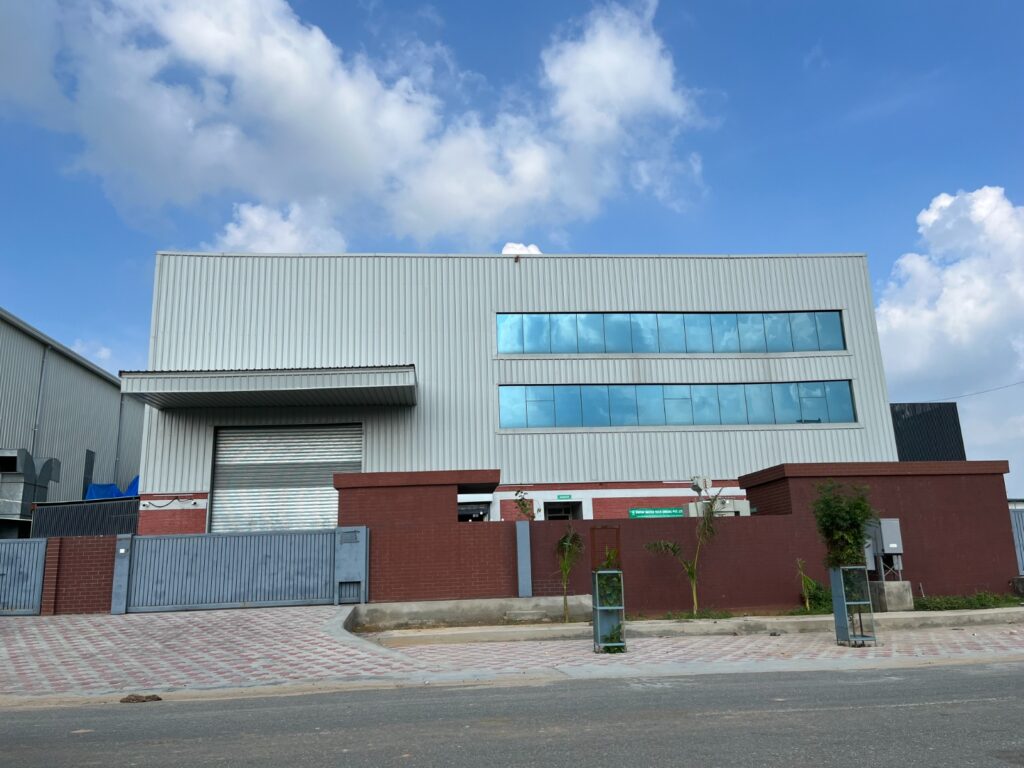Applications
Automobile Industry
Water and wastewater treatment plants used in the automobile industry are designed to effectively manage the water supply, treat wastewater generated from various processes, and ensure compliance with environmental regulations.
Here are some common types of treatment plants used in the automobile industry:
- Effluent Treatment Plant (ETP): The automobile industry generates various types of wastewater containing contaminants such as oils, greases, heavy metals, and chemicals. Industrial wastewater treatment systems, including physical, chemical, and biological processes, are employed to remove or reduce these pollutants to meet regulatory standards before discharge or reuse. An Effluent Treatment Plant is designed to treat and purify wastewater generated from different sources within the automobile manufacturing facility. The ETP incorporates various treatment processes such as screening, sedimentation, biological treatment (activated sludge, aerobic/anaerobic digestion), and disinfection to remove pollutants, organic matter, and harmful substances from the wastewater.
- Sewage Treatment Plant (STP): A Sewage Treatment Plant is responsible for treating wastewater generated from domestic sources within the automobile manufacturing facility, including restrooms, kitchens, and other sanitary facilities. The STP typically utilizes processes such as screening, sedimentation, biological treatment, and disinfection to remove solid waste, organic matter, nutrients, and pathogens from the sewage.
- Combined Effluent Treatment Plant (CETP): In cases where multiple automobile manufacturing facilities are located in close proximity, a Combined Effluent Treatment Plant may be implemented. A CETP centralizes the treatment of wastewater from different facilities in a single plant, allowing for more efficient management and cost-sharing among the industries.
- Filtration Systems: Filtration systems, including sand filters, cartridge filters, or multimedia filters, are used to remove suspended solids, sediment, and particulate matter from water sources. These systems help protect equipment, prevent clogging, and maintain the quality of water used in various manufacturing processes.
- Chemical Treatment: Chemical treatment processes, such as coagulation, flocculation, and pH adjustment, are employed to optimize water quality, remove dissolved contaminants, and enhance the efficiency of water treatment systems. Chemical treatments can assist in the removal of heavy metals, organic compounds, and other specific pollutants.
- Water Recycling and Reuse Systems: Water recycling and reuse systems are implemented to minimize freshwater intake and reduce wastewater discharge. These systems treat and purify wastewater generated from various processes within the automobile industry, making it suitable for reuse in non-potable applications such as vehicle washing, equipment cleaning, or landscape irrigation.
- Zero Liquid Discharge (ZLD) Systems: Zero Liquid Discharge systems aim to eliminate the discharge of liquid waste from the automobile manufacturing facility. These systems employ advanced treatment processes such as reverse osmosis, evaporation, crystallization, and drying to recover and reuse as much water as possible from the wastewater, leaving behind minimal or no liquid effluent.
- Cooling Tower Water Treatment Systems: Cooling tower water treatment systems are employed to maintain the efficiency and performance of cooling systems used in the automobile industry. These systems employ various treatment technologies such as chemical treatment (to control scaling and corrosion), filtration (to remove suspended solids), and disinfection (to control microbial growth).
- Oil-Water Separation Systems: Oil-water separation systems are used to separate and remove oils, greases, and hydrocarbons from wastewater generated during vehicle washing, maintenance, or manufacturing processes. These systems employ gravity separation, coalescence, or other methods to separate the oil phase from the water phase, allowing for proper disposal or recycling of the recovered oils.
These treatment plants and systems are tailored to the specific needs of the automobile industry, considering the type and volume of wastewater generated, local regulations, and environmental sustainability goals. Implementing these treatment plants helps the industry effectively manage its water resources, reduce pollution, and promote sustainable water management practices.

